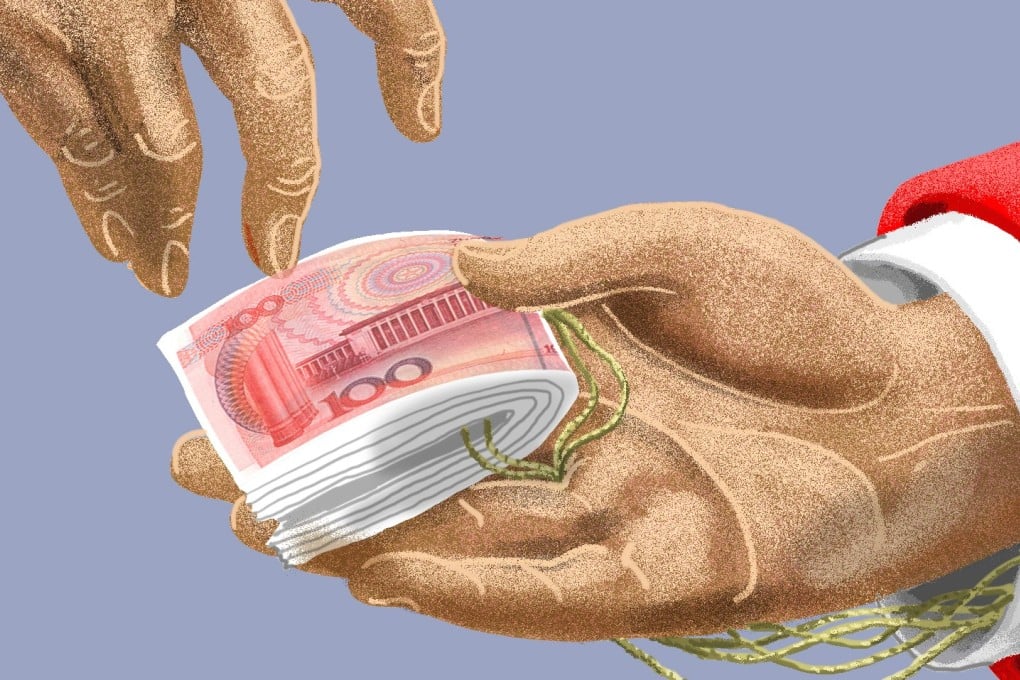Belt and road, or a Chinese dream for the return of tributary states? Sri Lanka offers a cautionary tale
Patrick Mendis and Joey Wang say Sri Lanka’s debt trap should serve as a warning on Chinese largesse, amid doubts over efficient resource allocation by China’s banks and concerns that borrowing nations may be committing to a Faustian deal


Touted as a modern-day Silk Road, the belt and road network would link China with Central Asia, South and Southeast Asia, Africa and Western Europe, through ports, roads, airports, pipelines and other infrastructure involving “65 countries, 29 per cent of global GDP, and 60 per cent of the world’s population”, as the Paulson Institute put in.
The goal, China says, is to promote efficiency in resource allocation and the “deep integration of markets”, raise standards of regional cooperation, and achieve “open, inclusive and balanced regional economic cooperation”.
Xi Jinping: Why I proposed the Belt and Road
The enormity of the undertaking, of course, gives rise to questions. While many countries along the belt and road are in desperate need of large-scale infrastructure investment, it is also true that there are a myriad other reasons for China to find these investments worth the attendant risks.